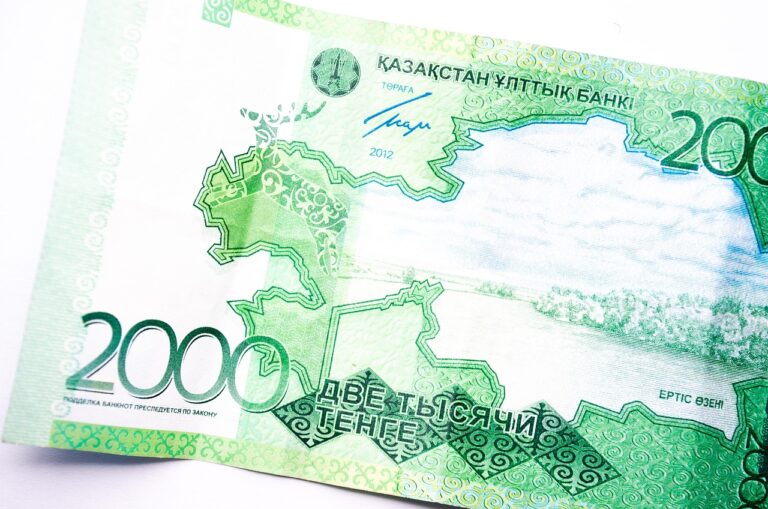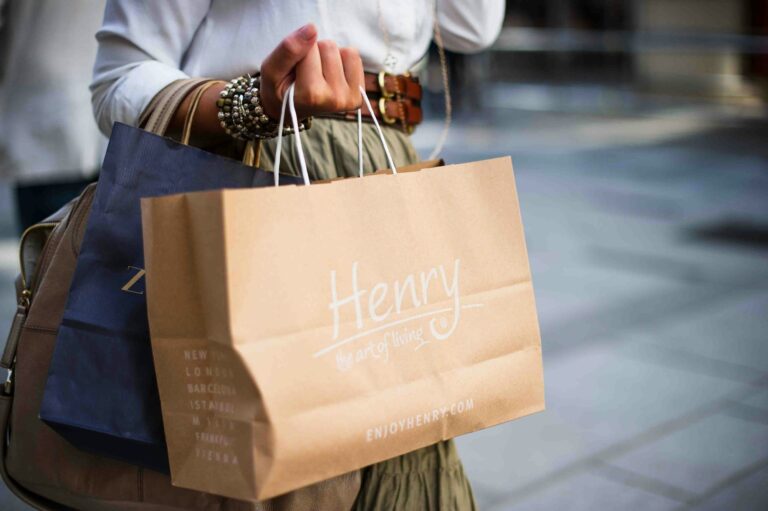How to Develop a Fashion Retail Sustainability Plan
allpannel com, play 99 exch, gold id 365:Are you a fashion retailer looking to make a positive impact on the environment? Developing a sustainability plan for your business is a great place to start. By implementing sustainable practices, you can reduce your carbon footprint, minimize waste, and attract environmentally conscious consumers.
In this blog post, we will discuss how to develop a fashion retail sustainability plan that aligns with your brand values and helps protect our planet.
1. Assess Your Current Practices
The first step in developing a sustainability plan for your fashion retail business is to assess your current practices. Take a close look at your supply chain, manufacturing processes, packaging materials, and energy consumption. Identify areas where you can make improvements and set specific sustainability goals for your business.
2. Set Clear Objectives
Once you have assessed your current practices, it’s time to set clear objectives for your sustainability plan. Determine what outcomes you want to achieve, whether it’s reducing water usage, eliminating single-use plastics, or sourcing materials from ethically responsible suppliers. Make sure your objectives are specific, measurable, achievable, relevant, and time-bound (SMART).
3. Educate Your Team
Sustainability should be a team effort, so make sure to educate your employees about the importance of sustainable practices. Provide training on eco-friendly initiatives, encourage employees to come up with their ideas for reducing waste, and create a culture of sustainability within your organization.
4. Source Sustainable Materials
One of the most significant ways fashion retailers can reduce their environmental impact is by sourcing sustainable materials. Look for suppliers that offer organic cotton, recycled fabrics, or alternative materials like bamboo or hemp. By using sustainable materials in your products, you can reduce water and energy usage, as well as decrease pollution from chemicals.
5. Reduce Packaging Waste
Packaging waste is a significant issue in the fashion industry, with millions of tons of plastic ending up in landfills each year. To reduce your environmental impact, opt for eco-friendly packaging materials like recycled cardboard, biodegradable plastics, or compostable labels. Encourage customers to recycle or reuse packaging materials whenever possible.
6. Implement Energy-Efficient Practices
Another key aspect of a sustainability plan for fashion retailers is implementing energy-efficient practices in your stores and warehouses. Switch to LED lighting, install programmable thermostats, and invest in energy-efficient appliances to reduce your electricity consumption. You can also consider installing solar panels or purchasing renewable energy credits to offset your carbon footprint.
7. Collaborate with Like-Minded Brands
Collaborating with other sustainable fashion brands can help amplify your message and reach a broader audience. Partner with like-minded companies on eco-friendly initiatives, joint marketing campaigns, or sustainable fashion collections. By working together, you can inspire change in the industry and show consumers that sustainability is a priority for your brand.
8. Measure and Track Your Progress
To ensure the success of your sustainability plan, it’s essential to measure and track your progress towards your goals. Use key performance indicators (KPIs) like water usage, carbon emissions, waste diversion rates, and product certifications to monitor your environmental impact. Share your progress with stakeholders, employees, and customers to demonstrate your commitment to sustainability.
9. Engage with Customers
Engaging with customers about your sustainability initiatives is crucial for building brand loyalty and attracting environmentally conscious consumers. Communicate your sustainability efforts through your website, social media channels, in-store signage, and product labels. Encourage customers to participate in eco-friendly initiatives like garment recycling programs or sustainable fashion workshops.
10. Stay Committed to Continuous Improvement
Developing a fashion retail sustainability plan is an ongoing process that requires commitment and dedication. Stay informed about the latest trends and innovations in sustainable fashion, attend industry events and conferences, and network with other sustainability leaders. Keep challenging yourself to set new sustainability goals and push the boundaries of what is possible for your brand.
FAQs
Q: Why is sustainability important for fashion retailers?
A: Sustainability is essential for fashion retailers because the fashion industry has a significant environmental impact, from water usage and chemical pollution to waste generation and carbon emissions. By implementing sustainable practices, retailers can reduce their environmental footprint and contribute to a more sustainable future.
Q: What are some examples of sustainable materials for fashion retailers?
A: Some examples of sustainable materials for fashion retailers include organic cotton, recycled polyester, Tencel (made from sustainably sourced wood pulp), hemp, and bamboo. These materials have a lower environmental impact than conventional fabrics and can help reduce water and energy usage in the production process.
Q: How can fashion retailers educate their customers about sustainability?
A: Fashion retailers can educate their customers about sustainability through marketing campaigns, in-store signage, product labels, and social media channels. By sharing information about their sustainability initiatives, retailers can raise awareness about environmental issues and inspire customers to make more eco-friendly purchasing decisions.
In conclusion, developing a fashion retail sustainability plan is a critical step towards creating a more sustainable and environmentally friendly business. By assessing your current practices, setting clear objectives, and implementing sustainable initiatives, you can reduce your environmental impact and attract eco-conscious consumers. Remember to measure and track your progress, engage with customers, and stay committed to continuous improvement to make a real difference in the fashion industry.







